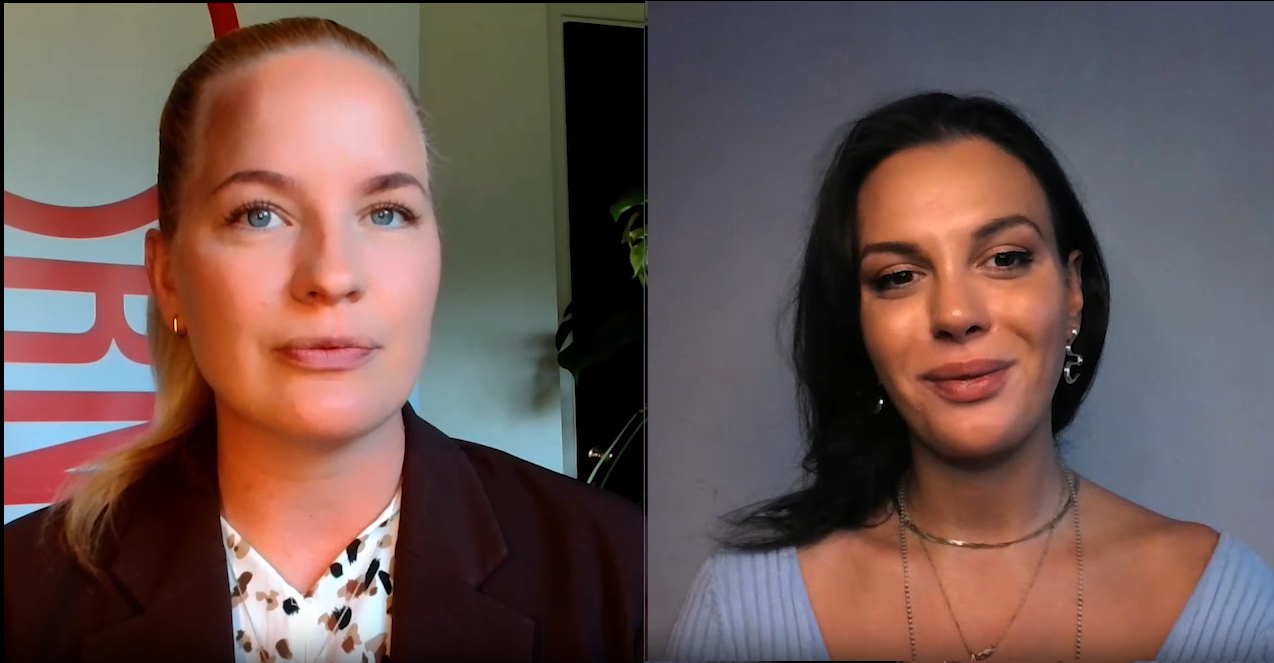Johanna Englundh: Welcome to Morningstar. Thematic funds are getting increasingly popular amongst investors. And with me to shed a bit of light on these products is Kenneth Lamont, Senior Analyst for Passive Strategies at Morningstar.
Kenneth, equity funds have suffered massive outflows so far this year. Can we see the same trend for thematic funds?
Kenneth Lamont: Well, as the rest of the equity fund universe was bleeding assets, remarkably thematic funds are sort of up for the year. They have net – or not up. They have net inflows over the first three quarters of the year which shows a remarkable resilience, especially considering that the vast majority of these funds have a growth exposure, and many have performed worse than the broader market.
JE: Right. So, that's quite a striking contrast, especially considering that many people consider these thematic funds to be very trendy. So, we might expect them to experience even stronger outflows than equity funds in general. Why do you think that is?
KL: Well, I think, it's worth unpacking the word trendy there. I think perhaps that's a word that would come to mind when many investors look at these funds. And indeed, it's fair, and in some cases, trend is in the name of the fund that they're tracking these secular shifts in society or technological advances.
But actually, in our most recent paper, we looked a little bit more closely at what that might mean and sort of unpack that a little bit. And actually, we were surprised by what we found. Looking at the global thematic numbers, so that's active and passive funds, over 1, 3, 5, 10 and 15 years, these funds were actually less likely to close, which is very surprising. And again, when you couple that with this recent discovery that actually when even the market is, sort of, heavily down, these funds have suffered a lot that actually you haven't seen investors stampeding for the exits.
And I think that shows a surprising resilience that these funds have shown and perhaps are not quite as trendy as some investors would have thought. And the reason for that really, it appears, is that investors are really looking at these for the long term. Or at least, some investors are looking at these investments for the long term. Most of these themes that they're investing in are long-term themes, and the rationale for investing in them is the same now as it was six months ago, as it was two years ago. So, I assume investors are waiting for the next bull run to sort of carry them forward again.
JE: That's a very interesting observation. But if we dig a bit deeper into these different themes, what are the most popular ones amongst investors and also the best-performing ones during 2022?
KL: So, in Europe, the most popular by assets is broad thematic, and these are funds which can explicitly invest in the full range of themes as and when they see fit. These are often replacements for core holdings in a portfolio. Second most popular, and again this won't surprise anyone, would be energy transition. So, a lot of the story here and the popularity of themes is interlinked with technological and ESG developments as well. In terms of inflows, we've seen – it reflects what's going on in the market. So, some of the smaller themes that have seen larger inflows include food themes, for example, which, again, wouldn't surprise anyone considering the global food situation when you're talking about Ukraine and developments there. So, really, when you see the performance of these themes, you can actually see them playing out in the global economy as it happens.
JE: Yeah. So, on a final note then, are there any risks with investing in thematic funds?
KL: There certainly are risks. And in a recent paper, we showed that globally 9 out of 10 thematic funds had a 5-year standard deviation higher than the global equity benchmark, which again shouldn't be too much of a surprise, and in many senses, these are risky by design. But risk is an interesting concept. For example, if you reframe this, if you're looking to expose yourself to a given theme and you buy a single stock, you're taking on a lot of, as we would say, idiosyncratic risk or single stock risk. But by buying a basket of, let's say, 30 or 40 stocks, which track that theme, you're actually diversifying away some of that risk.
So, what is in isolation still a risky investment compared to a broad equity index could actually be the less risky option. And I think it's also important to say that you really want to understand where these fit within your portfolio. Something that is high beta or higher risk when added to a broad portfolio may actually decrease risk overall if it's imperfectly correlated with some of your other investments.
JE: All right. Thank you, Kenneth. And until next time, I'm Johanna for Morningstar.










.jpg)

















